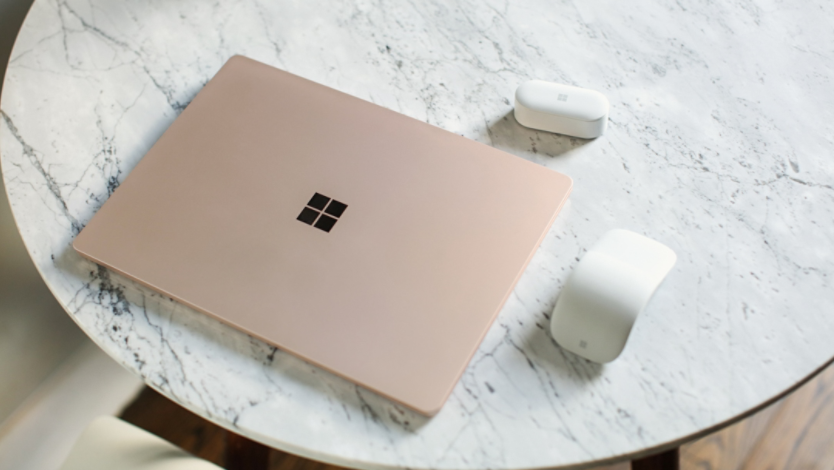
February 20, 2024
How to create a comfortable workspace with ergonomic computing
Did you know there’s a whole science dedicated to helping people minimize work-related problems? Ergonomics helps to engineer people’s surroundings to increase comfort, productivity, and more. Every person who works can benefit from it, even if your job doesn’t require you to be very physical. Learn about computer ergonomics and how it can improve the way you work.
Understanding the importance of computer ergonomics
If you spend a significant portion of your time in front of a computer, it may be helpful to consider implementing computer ergonomics in your workspace. Ergonomics is the science of designing the workspace to fit the user's needs, aiming to increase efficiency and productivity while reducing discomfort. The right ergonomic setup can help prevent repetitive strain injuries and other musculoskeletal disorders, which are common in long-term computer users.

Five tips for maintaining comfort in a computer-centric workspace
The sooner you start adding ergonomic practices to your day, the better. Thankfully, a more comfortable working experience is possible with a few simple adjustments. Here are five tips for adding ergonomics to your workspace.
1. Adjust your chair and desk to the right height
Ensure that your chair and desk are at a height where your feet can rest flat on the floor, and your arms can comfortably reach the keyboard without elevating your shoulders. An adjustable chair is ideal for achieving this balance.
2. Position your monitor correctly
Your monitor should be about an arm's length away, with the top of the screen at or just below eye level. This positioning helps in reducing strain on your neck and eyes.
3. Take regular breaks
Taking short breaks every hour can help to alleviate eye strain and prevent muscle fatigue. Use these breaks to stretch or walk around, which also boosts circulation. Short breaks are also a great way to recharge your mind.
4. Use an ergonomic keyboard and mouse
An ergonomic keyboard is designed to promote a more natural wrist posture, and an ergonomic mouse reduces strain on your hand and wrist. Investing in these computer accessories can help reduce the risks hand strain over time.
5. Practice good posture
Maintain a posture where your back is straight, shoulders relaxed, and elbows close to your body. This posture reduces the risk of developing pain or discomfort in your back, neck, and shoulders.
Ergonomic Surface accessories to try
Many Surface accessories are designed to be comfortable to use with Surface devices and many other popular computers. Here are some ergonomic accessories that can make the hours you spend in front of your computer a little easier.
Microsoft Ergonomic Keyboard
The Microsoft Ergonomic Keyboard is a standout choice for anyone looking to enhance their workspace comfort. Its split design and cushioned palm rest encourage a natural wrist posture, making extended typing sessions more comfortable. The keyboard layout includes dedicated function keys and a numeric keypad, facilitating efficiency in all tasks.
Surface Precision Mouse
Complement your ergonomic setup with the Surface Precision Mouse. This mouse combines comfort and precise control, featuring customizable buttons and seamless scrolling. It's an excellent tool for professionals who spend long hours using a mouse, as it helps to reduce strain on the hand and wrist.
Creating a comfortable and productive workspace is vital for anyone who spends significant time at a computer. By implementing computer ergonomics, using ergonomic accessories like the Microsoft Ergonomic Keyboard and Surface Precision Mouse, and following some simple tips, you can significantly enhance your comfort; comfort in your workspace translates directly into productivity and well-being.
Find more tips on making the most of your computing in the Do more with Surface hub.
Products featured in this article

Surface Accessories

Microsoft Surface

Microsoft Ergonomic Keyboard

Surface Precision Mouse
More articles

Surface accessories for your WFH space

How to set up your home office

